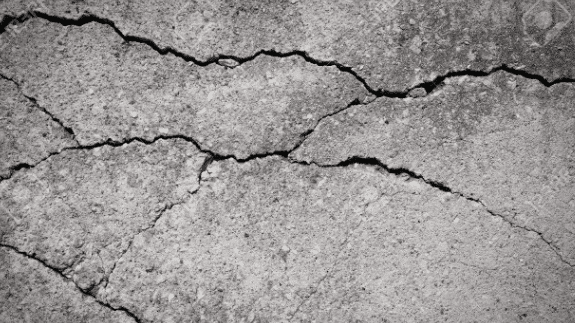What Are Most Frequent Concrete Cracking Causes In Imperial Beach?

- Cracks in concrete caused by shrinkage are the most prevalent sort of crack to appear in the material. In most cases, they are the result of the concrete drying up too soon. Concrete contracts when it dries in an excessively short amount of time. This may result in the formation of cracks in the concrete.
- Cracks generated by settlement are the result of the earth beneath the concrete shifting over time. This may develop gradually or all of a sudden as a result of a shift in the ground (such as an earthquake).
- When there is a sudden shift in temperature, thermal cracks may appear in the material. Concrete, for instance, can break if it is subjected to temperatures that are too low for an extended period of time.
- When dangerous chemicals are present in the concrete, it can develop fissures known as chemical cracks. These compounds might originate from a variety of places, including cleaning products, road salt, and other places.
- Concrete can develop impact cracks whenever something hits it hard enough to cause it to fracture. An impact fracture can be caused, for instance, when a branch from a tree falls on concrete.
- Concrete that has been repeatedly stressed or loaded can develop cracks known as fatigue cracks. These fissures may appear gradually or suddenly, depending on the circumstances.
- Concrete that has been left out in the elements may eventually develop cracks called weathering cracks (such as sun, rain, or snow). Over time, the concrete may become more porous and brittle as a result of the effects of the weather.
FAQ’s
How Can I Prevent My Concrete From Cracking?
Use of high-quality components, careful management of the curing environment, avoidance of overloading the concrete, and provision of expansion joints are some of the many strategies that can be utilized to forestall cracking in concrete.
What Should I Do If My Concrete Cracks?
If you notice cracks in your concrete, you should investigate the cracks to figure out what caused them. You should seek the advice of an expert if the cause cannot be determined or if it is the result of an outside influence (such as the ground shifting), respectively. In most cases, you should be able to fix the fracture on your own if it was caused by heat expansion or shrinkage.